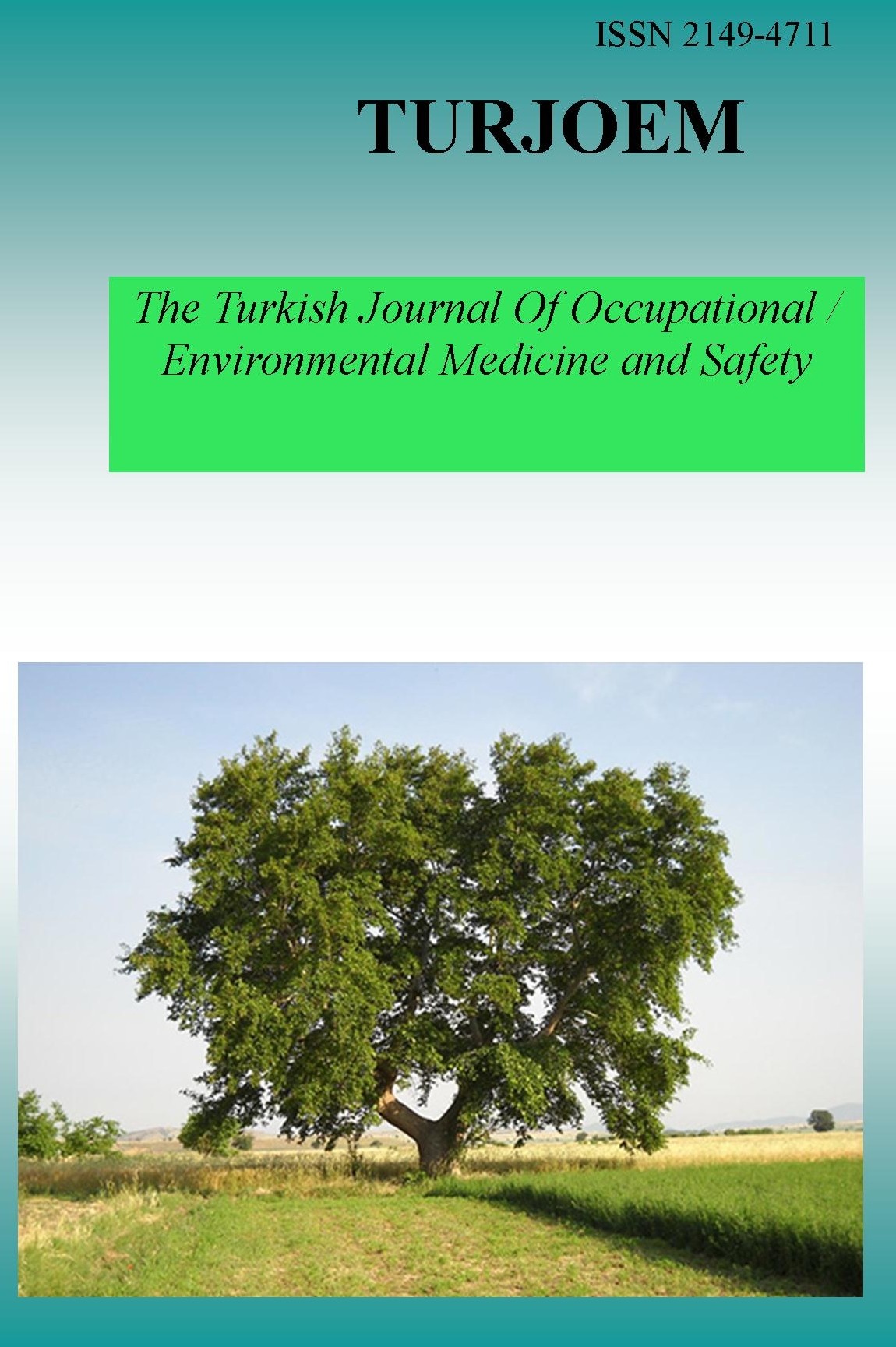THE APOPTOTIC EFFECT OF SILIBININ ON TCC-SUB AND RT-4 HUMAN BLADDER CANCER CELLS
THE APOPTOTIC EFFECT OF SILIBININ ON TCC-SUB AND RT-4 HUMAN BLADDER CANCER CELLS
___
- Department of Histology and Embryology, Faculty of Medicine, Süleyman Demirel University, Isparta, Turkey
- Department of Urology, Faculty of Medicine, Süleyman Demirel University, Isparta, Turkey
- ISSN: 2149-4711
- Başlangıç: 2015
- Yayıncı: Engin TUTKUN
Asma BAHRANIFARD, Ali Akbar MALEKIRAD, Samira SHAHRJERDI, Zeynab KIANI, Kobra RAHZANI, Mohammad ABDOLLAHI
POLLUTION CAUSED BY INDUSTRY AND HEALT EFFECTS
Cd AND PCBs AS THYROID DISRUPTORS: POSSIBLE MECHANISMS OF THEIR TOXICITY AND INTERACTIONS
Vesna MATOVIC, Aleksandra BUHA
Ece Avuloğlu YILMAZ, Deniz YÜZBAŞIOĞLU, Azime Berna ÖZÇELIK, Fatma ÜNAL, Seyhan ERSAN
DYNAMIC DISULFIDE/THIOL HOMEOSTASIS IN FIREFIGHTER’S LUNG DISEASE DETECTION
Meşide GÜNDÜZÖZ, Ceylan BAL, Sultan Pınar ÇETİNTEPE, Murat BÜYÜKŞEKERCİ, Murat ALIŞIK, Serpil ERDOĞAN, Servet Birgin İRİTAŞ, Hınç YILMAZ, Engin TUTKUN, Özcan EREL
OXYTOCIN REPLACEMENT OR THE EFFECTS OF ENRICHED ENVIRONMENT ON MOTHERHOOD ATTITUDES
Ummu Ebiha CELIK, Gulsah APAYDIN, Huseyin AYHAN, Esra CALIK VAR, Mesut AKYOL, Ziya Cibali ACIKGOZ, Ahmet CARHAN
ASSESSMENT OF HEAVY METAL LEVELS IN FOLLICULAR FLUID OF WOMEN WITH UNEXPLAINED INFERTILITY
Eyüp ÇIRAK, Onur ERDEM, Serdar ÇETINKAYA, Seyit Temel CEYHAN, Cemal AKAY, Cem KORKMAZ, Mustafa ULUBAY
TOXIC EFFECTS OF SODIUM OMADINE ON DROSOPHILA MELANOGASTER LARVAE
Rabia SARIKAYA, Mehmet Edenbuğa, Figen ERKOÇ
SOLUTIONS FOR SCREENING AND QUANTIFYING COMPLEX TOXICOLOGY COMPOUNDS WITH LC-MS/MS AND LC-QTof
